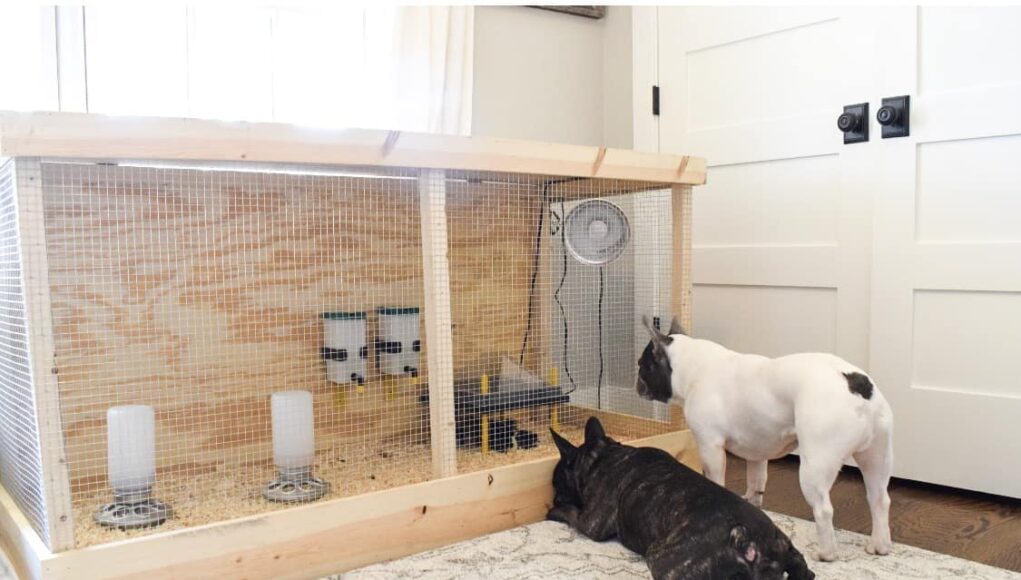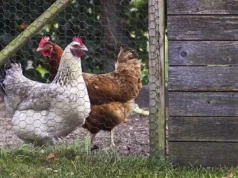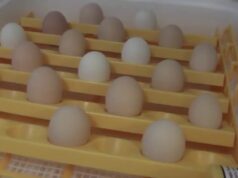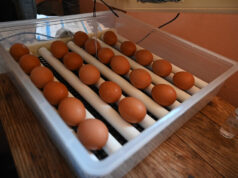Raising chicks is an exciting and rewarding experience. Ensuring they are in a safe and warm environment is crucial for their growth and development. The best heat lamp for chick brooder is essential in providing the right temperature for your little feathered friends. In this article, we will explore the various options available and help you make the best decision for your chick brooder.

Why Use a Heat Lamp in a Chick Brooder?
Chicks need warmth to thrive, especially during their early weeks. The ambient temperature in a chick brooder needs to be significantly warmer than regular room temperature. A reliable heat source, such as a heat lamp, ensures that the chicks are warm enough without overheating. Read more about brooder basics at Chicken Things and More.
How to Choose the Best Heat Lamp for Chick Brooder
When selecting the best heat lamp, consider several factors including the type of lamp, safety features, energy efficiency, and cost.
Types of Heat Lamps
- Conventional Bulb Heat Lamps: Typically made of red or clear glass and provide consistent heat. They can be more affordable but less energy-efficient.
- Ceramic Heat Emitters: These do not emit light, making them ideal for night-time warmth without disturbing the chicks’ sleep.
- Infrared Heat Lamps: Known for energy efficiency and safety, these lamps produce less visible light, making them an excellent choice for continuous use.
Safety Features to Consider
- Ensure the lamp has a strong clamp or stand to prevent it from falling into the brooder.
- Choose lamps with thermal cut-off features to protect against overheating.
Energy Efficiency and Cost
While initial cost is important, consider long-term energy savings. A slightly more expensive lamp might save money in the long run through lower energy usage.
Setting Up a Chick Brooder with Heat Lamp
For optimal comfort, the heat lamp should be positioned where the chicks can move closer or farther away as needed. The ambient temperature should be around 95F for the first week, then gradually reduced by 5F each subsequent week. For more details on setup, visit brooder setup tips at Chicken Things and More.
Monitoring Temperature Levels
Use a reliable thermometer to monitor the temperature inside the brooder. Make adjustments to the heat source as required to maintain the ideal conditions.
Maintaining Cleanliness
A clean brooder ensures healthy chicks. Regularly change bedding and clean the brooder to prevent disease and discomfort.
Common Mistakes to Avoid with Heat Lamps
It’s easy to make mistakes when using heat lamps, such as setting the lamp too close, leading to overheating, or too far away, leaving chicks cold. Avoid these by constantly checking the temperature and behavior of the chicks.
Ignoring Signs of Overheating or Cold
Chicks will provide cues if they are too hot or cold. If they huddle together, they may be cold; if they spread out and avoid the heat source, they might be too warm.
Benefits of Using the Right Heat Lamp
The right heat lamp promotes healthy chick growth, reduces stress, prevents disease, and ensures your chicks are comfortable at all times.
Promotes Healthy Growth
Consistent warmth supports the immune system and digestion, leading to healthier and more robust chicks.

Frequently Asked Questions
1. What is the ideal temperature for a chick brooder?
The ideal temperature starts at 95F in the first week and should be reduced by 5F each week as the chicks grow.
2. How long should a heat lamp be used for chicks?
Heat is typically needed for the first 6-8 weeks, depending upon the ambient conditions and growth of the chicks.
3. Can regular household bulbs be used as a heat source?
Regular bulbs are generally not sufficient as they dont produce enough heat and are not safe for brooder use.
For expert tips and detailed guides on setting up chick brooders, visit chick brooder checklist on Chicken Things and More.
Explore more about constructing your own brooder at Kalmbach Feeds.
This article contains affiliate links. We may earn a commission at no extra cost to you.










